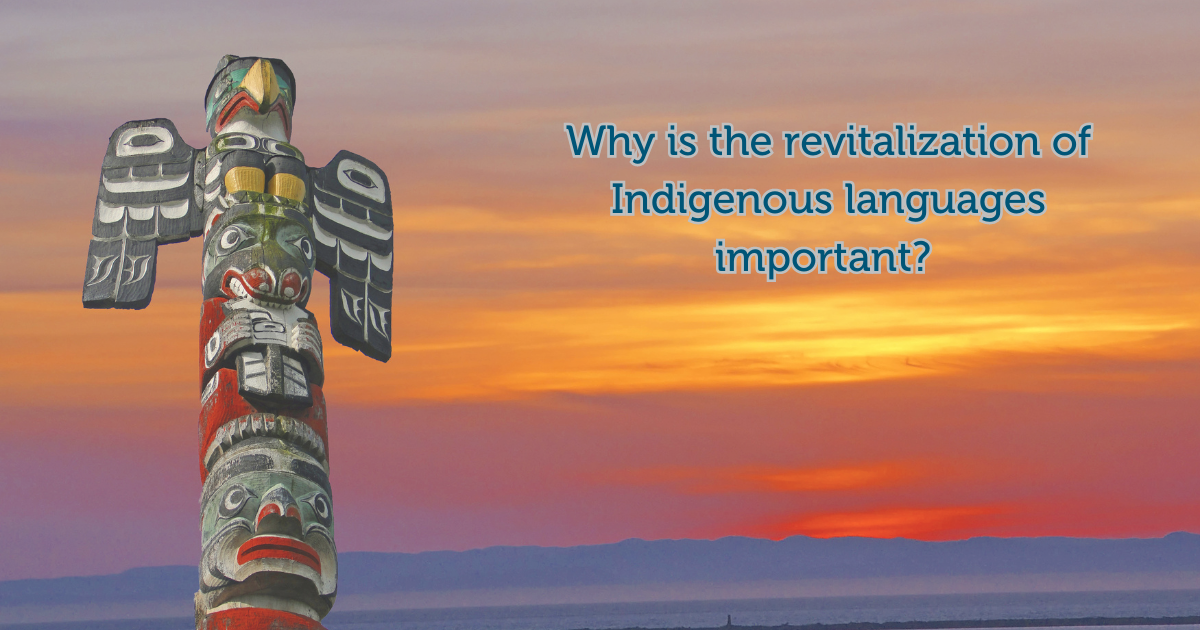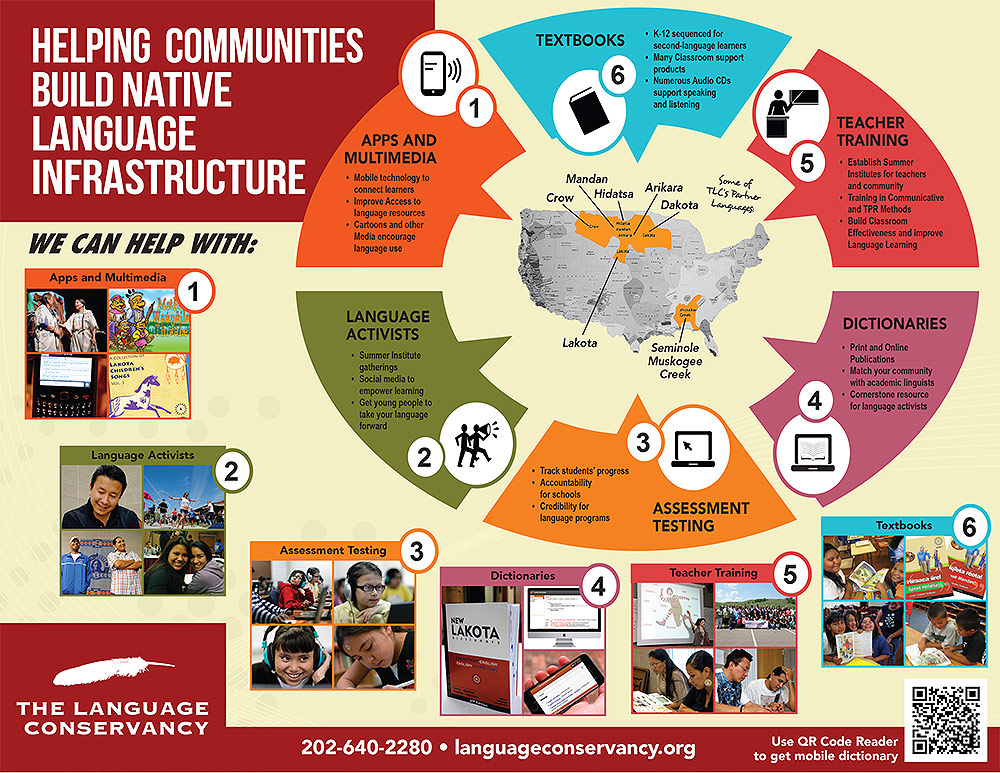
Okay, here is a journalistic article of approximately 1200 words on the efforts to revitalize indigenous languages.
Echoes of Ancestors: The Global Push to Revitalize Indigenous Languages
In a world increasingly homogenized by dominant tongues, a silent battle is being waged for the very soul of humanity. Across continents, from the frigid Arctic to the sun-drenched Pacific islands, indigenous communities are fighting against the relentless tide of language extinction, embarking on a monumental journey to reclaim their ancestral voices. This isn’t merely about preserving words; it’s about safeguarding entire worldviews, irreplaceable knowledge systems, and the profound cultural identities intertwined with every syllable.
The statistics are stark and sobering. UNESCO estimates that a language dies every two weeks, and by the end of this century, 90% of the world’s approximately 7,000 languages could be gone forever. The vast majority of these endangered languages are indigenous. Each loss represents not just a linguistic void, but the erasure of unique ways of understanding the environment, healing, storytelling, and connecting with the spiritual world. As the late linguist Ken Hale famously stated, "When you lose a language, you lose a culture, a intellectual heritage, a way of looking at the world."
The roots of this crisis are deeply embedded in histories of colonialism, forced assimilation, and the devastating impact of policies designed to eradicate indigenous cultures. Residential schools in Canada and the United States, and similar institutions in Australia and other colonized nations, systematically punished children for speaking their native languages, instilling shame and fear that fractured intergenerational transmission. Economic pressures, migration to urban centers, and the pervasive influence of global media further accelerated the decline.

However, the tide is beginning to turn. Fueled by a renewed sense of pride, self-determination, and a growing global recognition of indigenous rights, communities worldwide are taking innovative and often heroic steps to bring their languages back from the brink. The United Nations General Assembly, acknowledging the urgency, proclaimed 2019 as the International Year of Indigenous Languages, followed by the declaration of the International Decade of Indigenous Languages (2022-2032). This global momentum provides a crucial framework for collaboration and resource mobilization, but the true work is happening at the grassroots level.
From Language Nests to Digital Dictionaries: Diverse Approaches
One of the most successful models for revitalization has been the "language nest" concept, pioneered by Māori communities in New Zealand (Kōhanga Reo) and Hawaiian communities (Punana Leo). These immersion preschools immerse infants and young children in their ancestral language, spoken exclusively by fluent elders. The philosophy is simple yet powerful: if a language is to live, it must be learned by children as their first language, just as their ancestors did.
"Our language is our life force," says Dr. Keiki Kawaiʻaeʻa, Director of the Ka Haka ʻUla O Keʻelikōlani College of Hawaiian Language at the University of Hawaiʻi at Hilo. "The Punana Leo movement saved ʻŌlelo Hawaiʻi from the brink. We now have children, youth, and adults speaking Hawaiian, creating new media, new music. It’s a testament to the power of community dedication." Indeed, Hawaiian, once perilously close to extinction with fewer than 50 fluent child speakers in the 1980s, now boasts thousands of speakers, a thriving immersion school system from preschool to PhD, and a vibrant cultural resurgence.
Beyond early childhood, "master-apprentice" programs are proving invaluable for languages with very few remaining fluent elders. This intensive model pairs a learner with an elder speaker for hundreds of hours of one-on-one immersion, often within the elder’s daily life. The goal is to transfer not just vocabulary and grammar, but also the cultural context and nuances of the language in practical, everyday settings. The Wampanoag Language Reclamation Project in Massachusetts, led by Jessie Little Doe Baird, famously utilized this model, successfully bringing back a language that had been dormant for over 150 years, with the first native Wampanoag speaker in generations born in 2000.
Technology has emerged as a powerful ally in this struggle. Indigenous communities are harnessing apps, online dictionaries, social media, and digital archives to create accessible learning resources and foster new spaces for language use. The FirstVoices platform, developed by the First Peoples’ Cultural Council in British Columbia, Canada, hosts thousands of hours of audio and video recordings, dictionaries, and phrasebooks for over 100 indigenous languages. This digital repository ensures that precious linguistic data is preserved and made available to learners globally.
"Technology allows us to bypass geographical barriers and connect learners with resources and with each other in unprecedented ways," explains Lorna Williams, a respected Elder and former Canada Research Chair in Indigenous Knowledge and Learning at the University of Victoria. "It’s not a replacement for human interaction, but a critical tool for creating opportunities for practice and access to dormant languages."
Challenges and Triumphs: The Uphill Battle
Despite these inspiring efforts, the path to revitalization is fraught with challenges. Funding remains a constant struggle, with many programs relying on precarious grants and volunteer efforts. The sheer number of languages at risk, coupled with the limited number of fluent elders, means that capacity building is a race against time. The psychological legacy of colonization, including internalized shame and trauma, can also be a significant barrier to engagement.

Furthermore, creating a critical mass of speakers is crucial. A language truly thrives when it is used in daily life – at home, in schools, in the workplace, and in public spaces. This requires not just learners, but environments where the language is the natural mode of communication. For many languages with only a handful of remaining speakers, this goal can seem daunting.
Yet, stories of resilience continue to inspire. The Navajo (Diné Bizaad) language, with over 150,000 speakers, remains the largest indigenous language in North America, its strength partly attributed to its historical use as a code during World War II by the renowned Navajo Code Talkers. While still facing modern pressures, its substantial speaker base offers a stronger foundation for preservation efforts.
Another unique success story is that of Hebrew, which, though not indigenous in the typical sense of being tied to a specific pre-colonial land, was revived from a liturgical language to a vibrant modern spoken language in the late 19th and early 20th centuries. While its context is distinct, the lessons learned from its revitalization – the creation of new vocabulary, immersion education, and fervent community commitment – offer valuable insights.
The Future: A Symphony of Voices
The International Decade of Indigenous Languages (2022-2032) represents a critical window of opportunity. It calls for governments, academic institutions, and international bodies to support indigenous-led initiatives, recognize linguistic rights, and invest in sustainable language programs. Crucially, it emphasizes the importance of intergenerational transmission, ensuring that youth are not just learners, but active creators and innovators within their language.
Youth engagement is indeed a powerful catalyst. Young indigenous people are increasingly embracing their ancestral languages as a source of identity, pride, and resistance. They are using social media, creating music, films, and art in their languages, making them cool and relevant for their peers. This organic, youth-driven movement is injecting new life and creativity into revitalization efforts.
"Learning my language isn’t just about connecting with my grandparents; it’s about connecting with who I am, where I come from, and where I’m going," says a young Cree language learner from Canada. "It’s about carrying the stories and wisdom of my ancestors into the future."
The journey to revitalize indigenous languages is arduous and long, but it is a journey profoundly worth taking. It is a testament to human resilience, the power of cultural pride, and a global recognition that linguistic diversity is as vital to the health of our planet as biodiversity. As the echoes of ancestral voices grow stronger, they remind us that every language is a unique lens through which to view the world, and that in their revival lies the promise of a richer, more understanding, and more vibrant future for all. The fight to keep these languages alive is not just an indigenous struggle; it is a human imperative.


